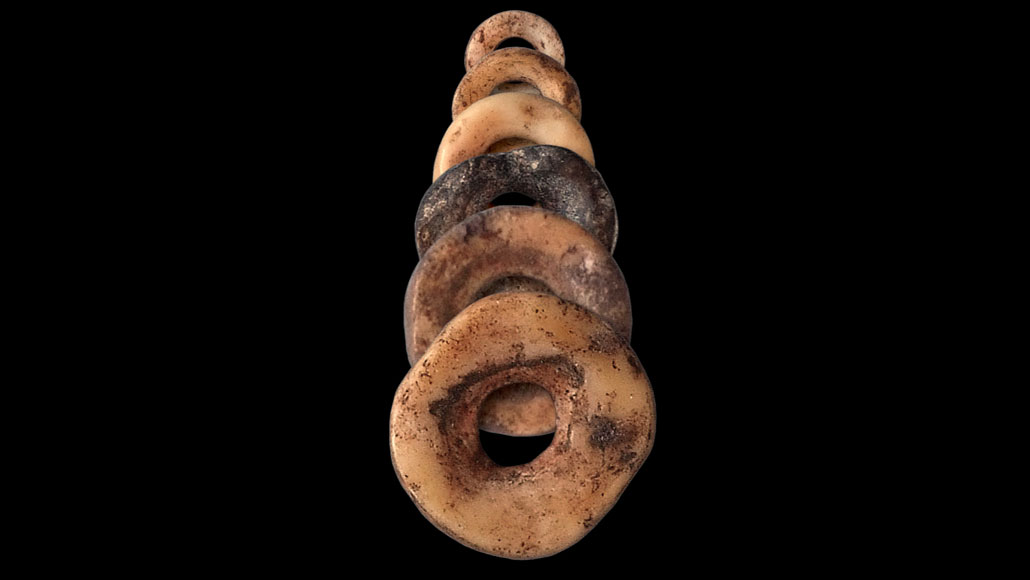An ancient social safety net in Africa was built on beads
Ostrich eggshell beads suggest the long-distance network was established by 33,000 years ago

Ostrich eggshell beads, including these shown, yielded chemical clues to a social exchange system that covered much of southern Africa by around 33,000 years ago.
B. Stewart, Yuchao Zhao, John Klausmeyer